Pipeline is the oil, gas or water pumped out of the ground, through the line pipe to the oil and gas industry enterprises. Pipeline includes seamless and welded pipe two kinds, its pipe end has a flat end, with threaded end and socket end; its connection for the end of the welding, hoop connection, socket connection. Seamless steel pipeline are manufactured to meet stringent international standards to guarantee durability, weldability, and resistance to mechanical stress and environmental degradation.
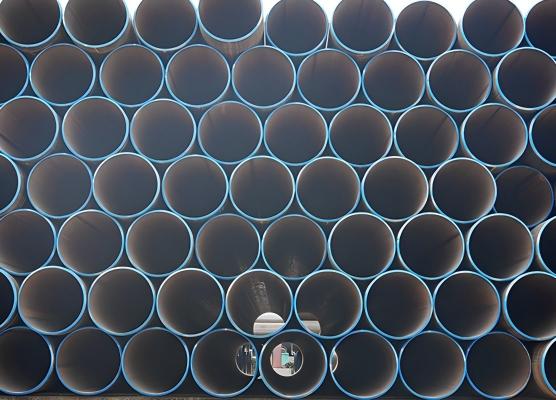
- API 5L Seamless pipeline
API 5L Seamless Pipeline X42-X70 PSL1 Oil and Gas Industry
Email:
sales@imristeel.com
Phone:
+86 13646172523
Quote Now
Product Detail
Chemical Component
Related Products
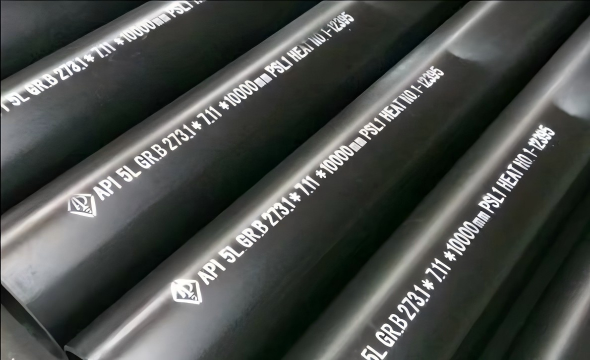
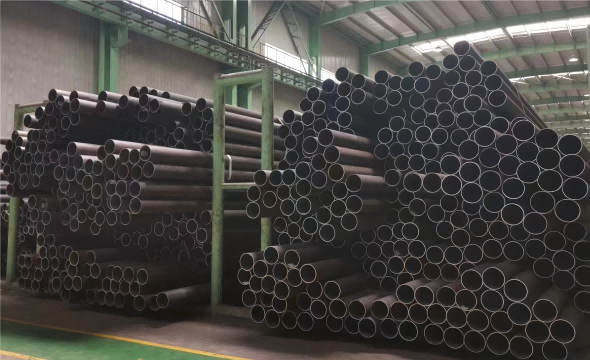
Quick Details
Product Name:
API 5L Seamless Pipeline X42-X70 PSL1 Oil and Gas Industry
Standard:
API SPEC 5L
Grade:
A B C X42~X70
Thickness:
3.5-60mm
Section Shape:
Round
Outer Diameter:
Ф38-457
Place of Origin:
Baotou, China(Mainland)
Usage:
Gas and Oil Transportation
Surface Treatment:
Hot Rolled
Tolerance:
WT: -12.5% ~ +15% OD: ±0.075D
End:
Plain,beveled,cutting,threading.flange or customized
End Protector:
Plastic pipe caps,iron protector or customized
length:
6-12m
Brand:
Baotou steel
Delivery Time:
Normally within 30-45 days and according to the quantity.
Chemical Component
Chemical Composition for API 5L PSL 1 Pipe with t ≤ 25.0 mm (0.984 in.)
| SteelGrade (SteelName) | MassFraction,Based onHeat andProduct Analyses a,g % | |||||||
| C | Mn | P | S | V | Nb | Ti | ||
| max b | max b | min | max | max | max | max | max | |
| Seamless Pipe | ||||||||
| L175 or A25 | 0.21 | 0.60 | — | 0.030 | 0.030 | — | — | — |
| L175P or A25P | 0.21 | 0.60 | 0.045 | 0.080 | 0.030 | — | — | — |
| L210 or A | 0.22 | 0.90 | — | 0.00 | 0.030 | — | — | — |
| L245 or B | 0.28 | 1.20 | — | 0.030 | 0.030 | c,d | c,d | d |
| L290 or X42 | 0.28 | 1.30 | — | 0.030 | 0.030 | d | d | d |
| L320 or X46 | 0.28 | 1.40 | — | 0.030 | 0.030 | d | d | d |
| L360 or X52 | 0.28 | 1.40 | — | 0.030 | 0.030 | d | d | d |
| L390 or X56 | 0.28 | 1.40 | — | 0.030 | 0.030 | d | d | d |
| L415 or X60 | 0.28 e | 1.40 e | — | 0.030 | 0.030 | f | f | f |
| L450 or X65 | 0.28 e | 1.40 e | — | 0.030 | 0.030 | f | f | f |
| L485 or X70 | 0.28 e | 1.40 e | — | 0.030 | 0.030 | f | f | f |
| a Cu ≤ 0.50 %; Ni ≤ 0.50 %; Cr ≤ 0.50 % and Mo ≤ 0.15 %. b For each reduction of 0.01 % below the specified maximum concentration for carbon, an increase of 0.05 % above the specified maximum concentration for Mn is permissible, up to a maximum of 1.65 % for grades ≥ L245 or B, but ≤ L360 or X52; up to a maximum of 1.75 % for grades > L360 or X52, but < L485 or X70; and up to a maximum of 2.00 % for Grade L485 or X70. c Unless otherwise agreed, Nb + V ≤ 0.06 %. d Nb + V + Ti ≤ 0.15 %. e Unless otherwise agreed. f Unless otherwise agreed, Nb + V + Ti ≤ 0.15 %. g No deliberate addition of B is permitted and the residual B ≤ 0.001 %. | ||||||||
Mechanical Performance
Requirements for the Results of Tensile Tests for API 5L PSL 1 Pipe
| Pipe Grade | Pipe Body of Seamless Pipe | Weld Seam of EW, LW, SAW, and COW Pipe | ||
| Yield Strength a Rt0.5 MPa (psi) | Tensile Strength a Rm MPa (psi) | Elongation (on 50 mm or 2 in.) Af % | Tensile Strength b Rm MPa (psi) | |
| min | min | min | min | |
| L175 or A25 | 175 (25,400) | 310 (45,000) | c | 310 (45,000) |
| L175P or A25P | 175 (25,400) | 310 (45,000) | c | 310 (45,000) |
| L210 or A | 210 (30,500) | 335 (48,600) | c | 335 (48,600) |
| L245 or B | 245 (35,500) | 415 (60,200) | c | 415 (60,200) |
| L290 or X42 | 290 (42,100) | 415 (60,200) | c | 415 (60,200) |
| L320 or X46 | 320 (46,400) | 435 (63,100) | c | 435 (63,100) |
| L360 or X52 | 360 (52,200) | 460 (66,700) | c | 460 (66,700) |
| L390 or X56 | 390 (56,600) | 490 (71,100) | c | 490 (71,100) |
| L415 or X60 | 415 (60,200) | 520 (75,400) | c | 520 (75,400) |
| L450 or X65 | 450 (65,300) | 535 (77,600) | c | 535 (77,600) |
| L485 or X70 | 485 (70,300) | 570 (82,700) | c | 570 (82,700) |
| a For intermediate grades, the difference between the specified minimum tensile strength and the specified minimum yield strength for the pipe body shall be as given in the table for the next higher grade. b For intermediate grades, the specified minimum tensile strength for the weld seam shall be the same value as was determined for the pipe body using footnote a). c The specified minimum elongation, Af, expressed in percent and rounded to the nearest percent, shall be as determined using the following equation: Af = C where C is 1940 for calculations using SI units and 625,000 for calculations using USC units; Axc is the applicable tensile test piece cross-sectional area, expressed in square millimeters (square inches), as follows: 1) for circular cross-section test pieces, 130 mm2 (0.20 in.2) for 12.7 mm (0.500 in.) and 8.9 mm (0.350 in.) diameter test pieces; 65 mm2 (0.10 in.2) for 6.4 mm (0.250 in.) diameter test pieces; 2) for full-section test pieces, the lesser of a) 485 mm2 (0.75 in.2) and b) the cross-sectional area of the test piece, derived using the specified outside diameter and the specified wall thickness of the pipe, rounded to the nearest 10 mm2 (0.01 in.2); 3) for strip test pieces, the lesser of a) 485 mm2 (0.75 in.2) and b) the cross-sectional area of the test piece, derived using the specified width of the test piece and the specified wall thickness of the pipe, rounded to the nearest 10 mm2 (0.01 in.2); U is the specified minimum tensile strength, expressed in megapascals (pounds per square inch). | ||||
Pipeline Tubes: Key Applications Across Industries
Pipeline tubes are critical components in numerous industries, ensuring efficient and safe transportation of fluids, gases, and other materials. Below are the major application fields where pipeline tubes play a vital role:
- Oil & Gas Industry
– Oil pipelines: Transport crude oil from extraction sites to refineries.
– Natural gas pipelines: Distribute gas for residential, commercial, and industrial use.
– Offshore pipelines: Subsea applications for deepwater oil and gas exploration.
- Water & Wastewater Management
– Water supply pipelines: Deliver potable water to urban and rural areas.
– Sewage pipelines: Transport wastewater to treatment plants.
– Irrigation pipelines: Support agricultural water distribution.
- Chemical & Petrochemical Industry
– Chemical pipelines: Transfer corrosive and hazardous fluids safely.
– Petrochemical pipelines: Transport refined products like ethylene and propylene.
- Power Generation & Energy Sector
– Steam pipelines: Used in thermal power plants.
– Hydropower pipelines: Channel water to turbines for energy production.
- Mining & Slurry Transport
– Slurry pipelines: Move ore, tailings, and mineral concentrates efficiently.
- Infrastructure & Urban Development
– District heating/cooling pipelines: Enable energy-efficient HVAC systems.
– Municipal pipelines: Support urban utility networks.
- Industrial Manufacturing
– Compressed air pipelines: Supply factories with pneumatic power.
– Process pipelines: Facilitate material handling in production lines.
Related products



APL 5L X70 Oil and Gas Pipeline
Read More 



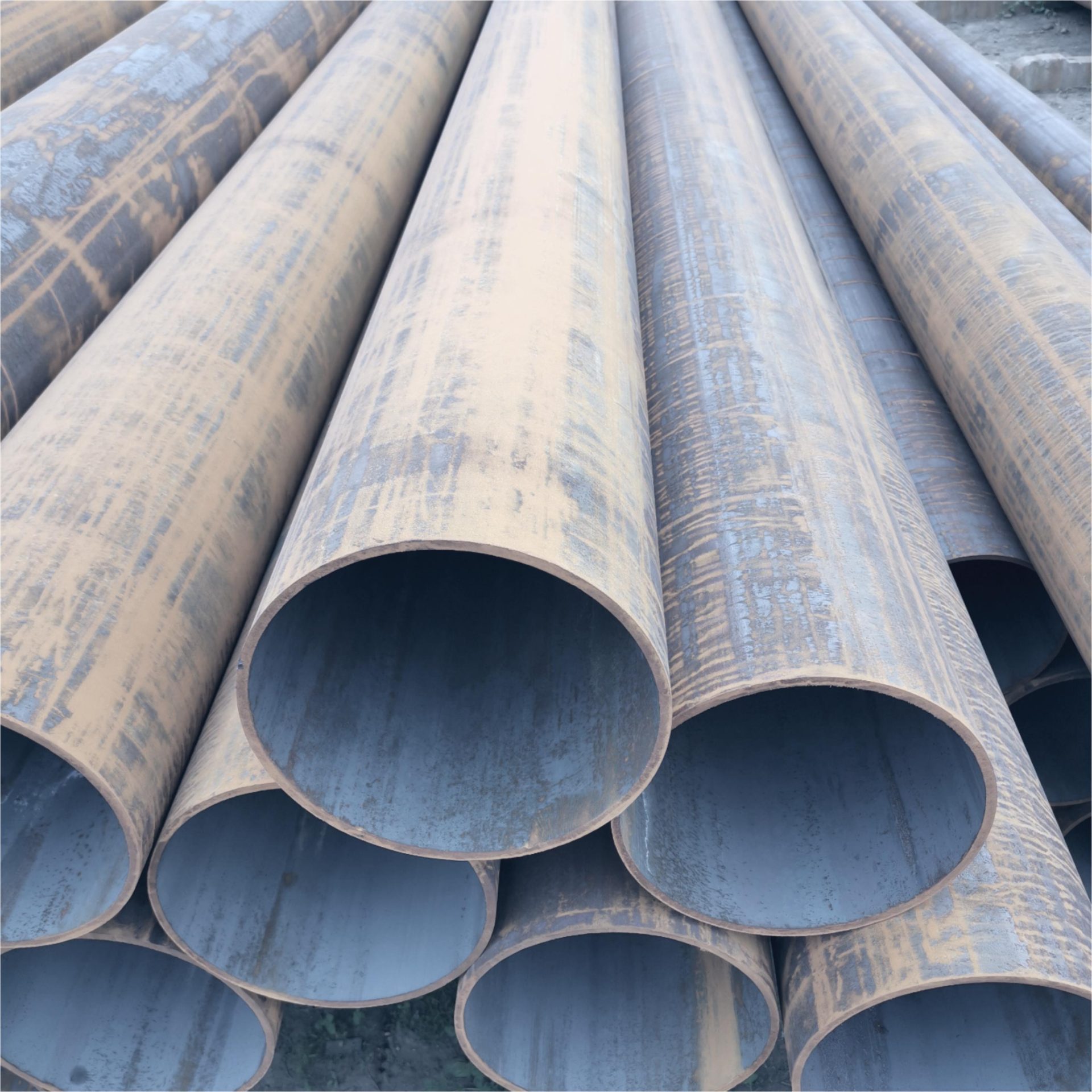
API 5L X65Q Seamless Pipeline for Sour Service
Read More 




API 5L Seamless Pipeline X42-X70 PSL1 Oil and Gas Industry
Read More 



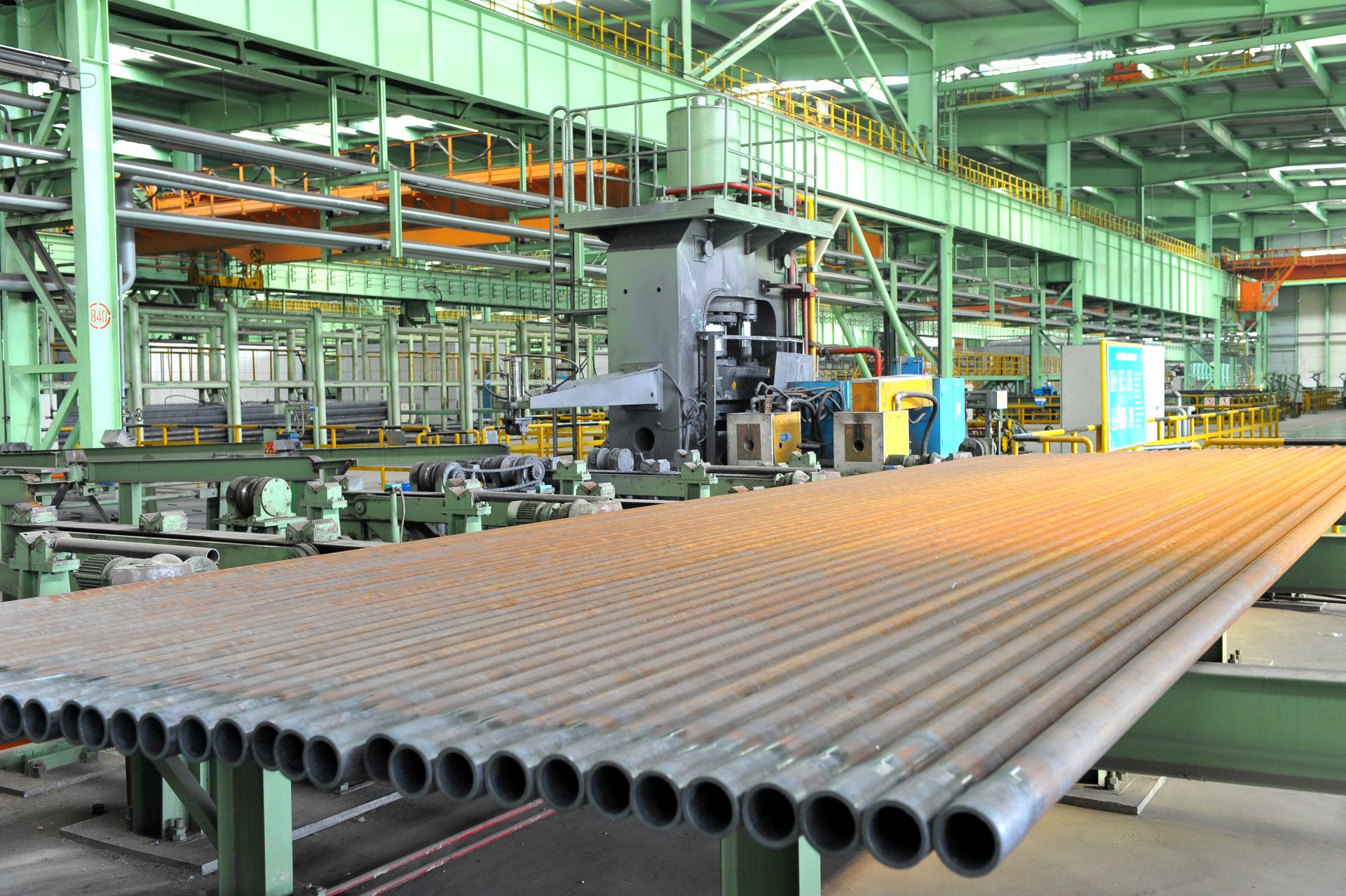
API 5L X42N Pipeline with Anti-corrosion
Read More 



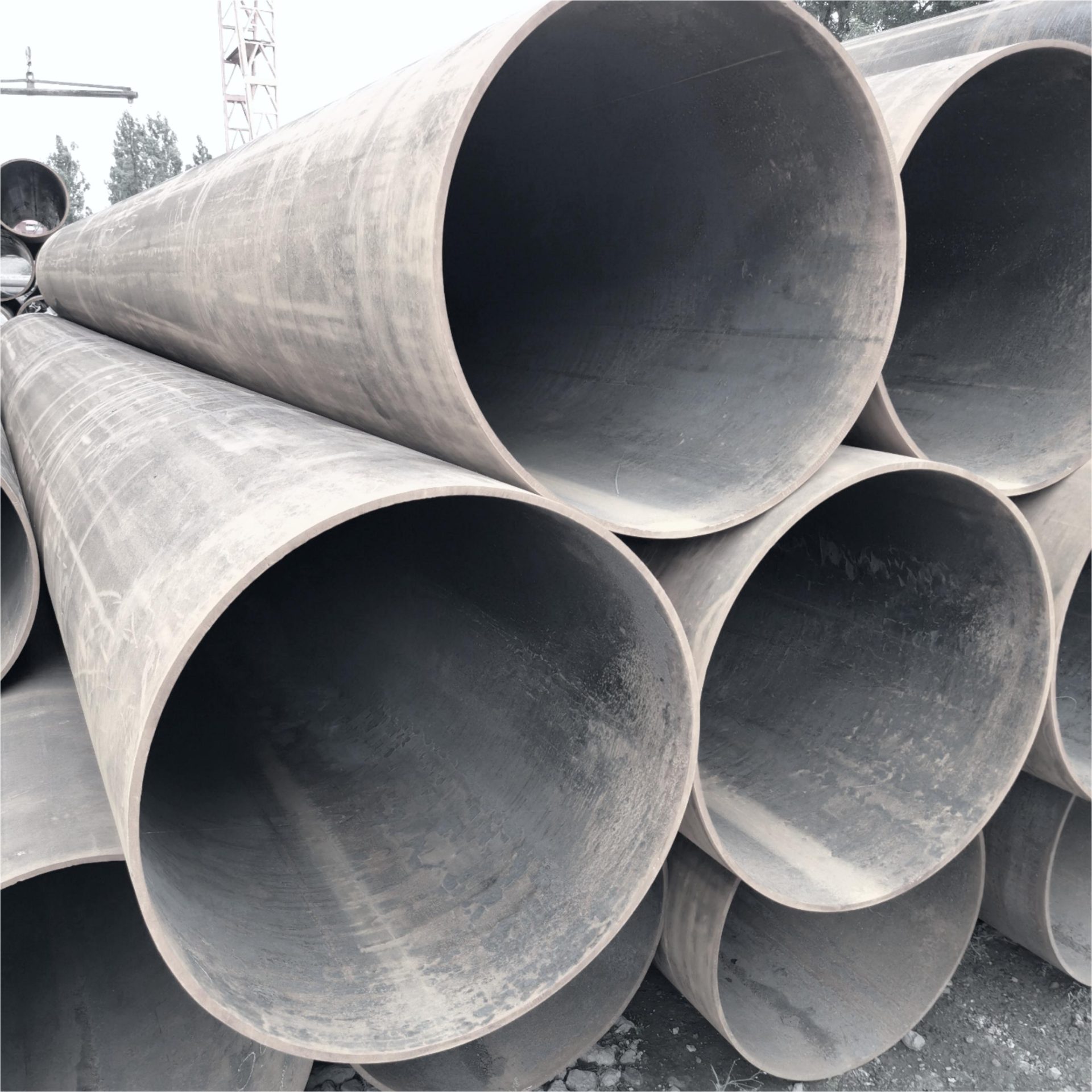
API 5L X56Q Seamless Pipe for Oil Well Drilling
Read More 



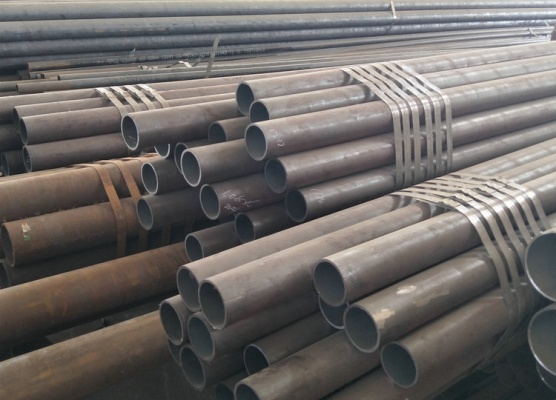
GB/T 8162 Q390 Tube Structure Design
Read More 



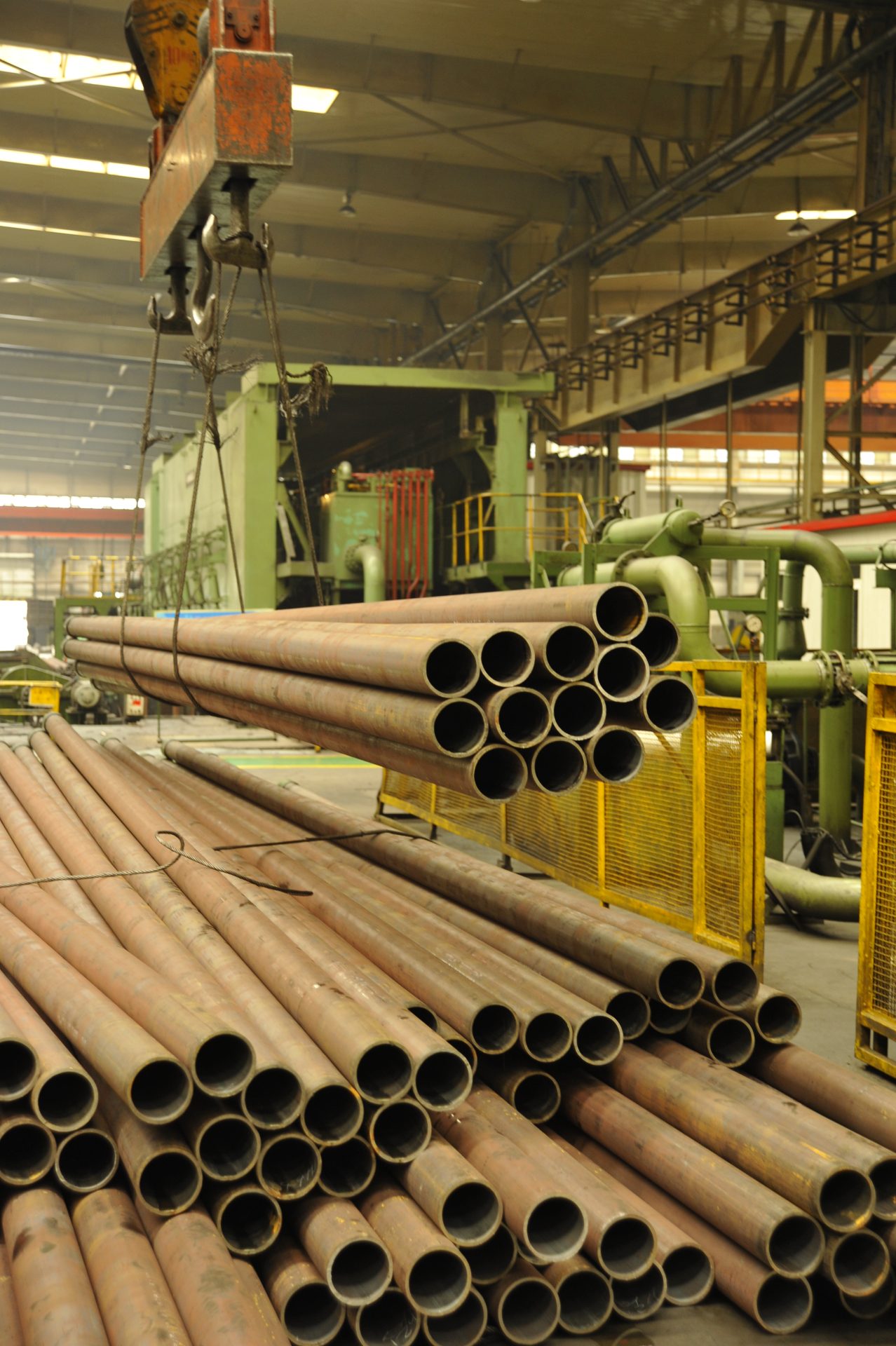
GB/T 17396 27SiMn Hydraulic Prop Pipe
Read More 



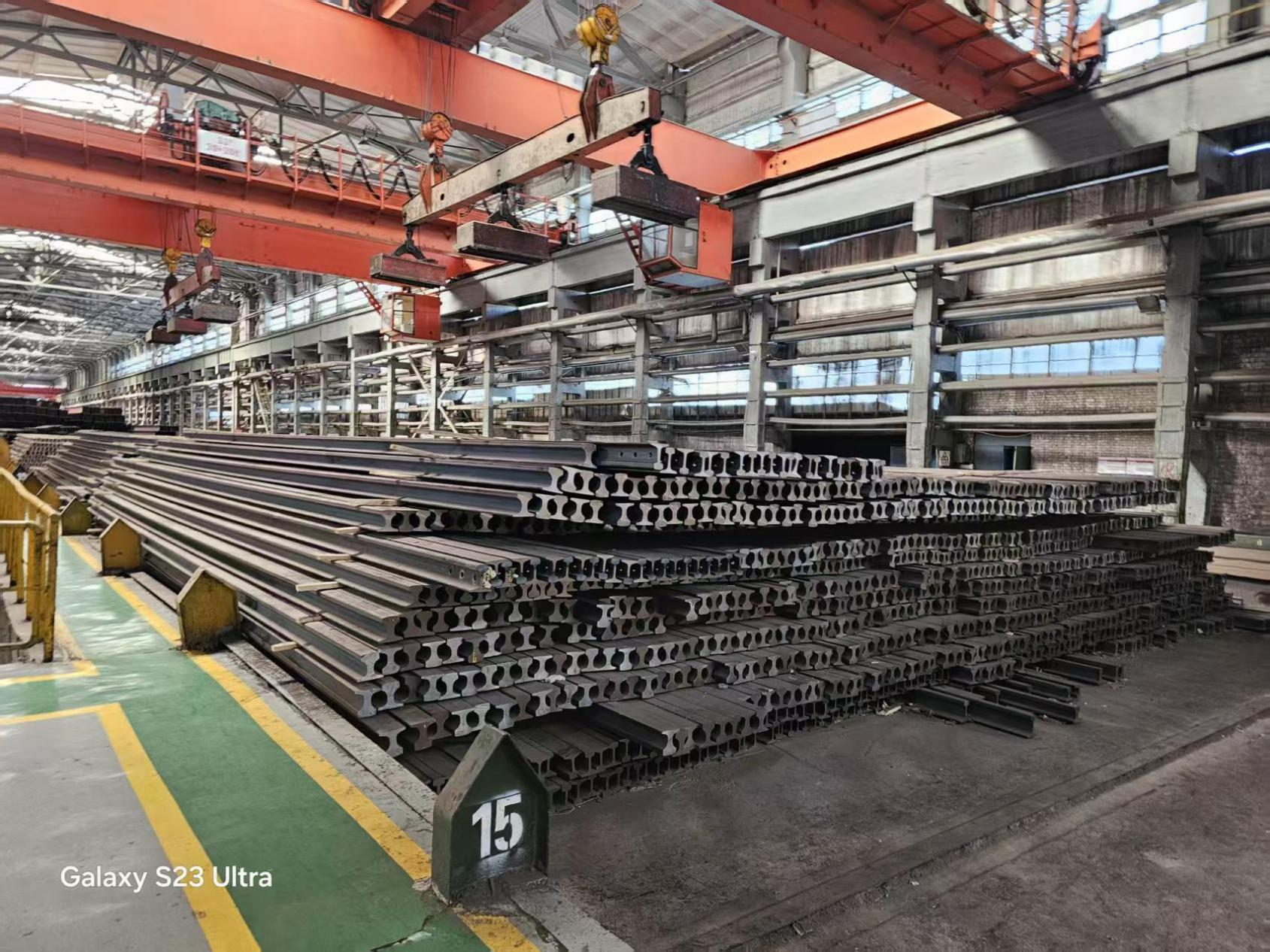
Heavy Rail of 54E1/UIC54 Rails
Read More 







